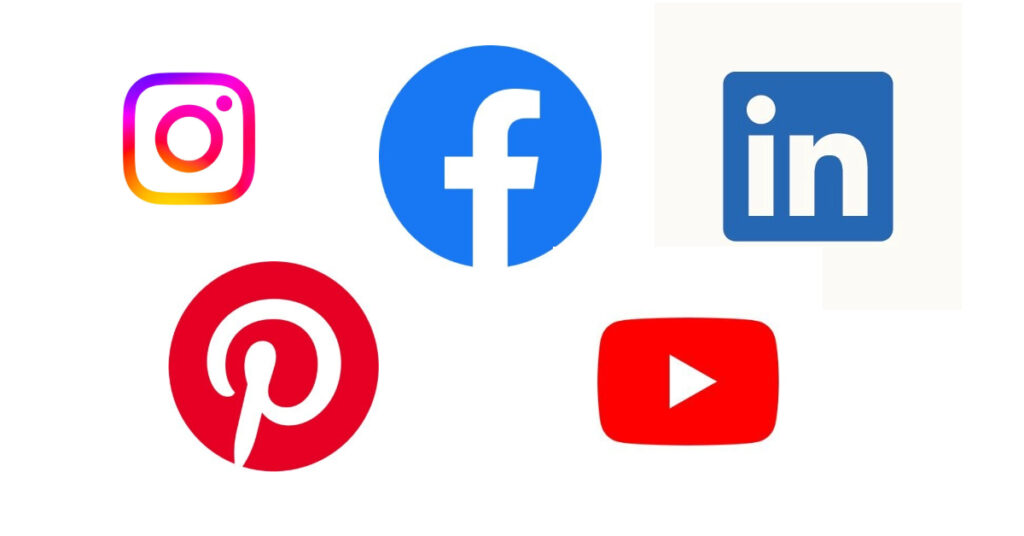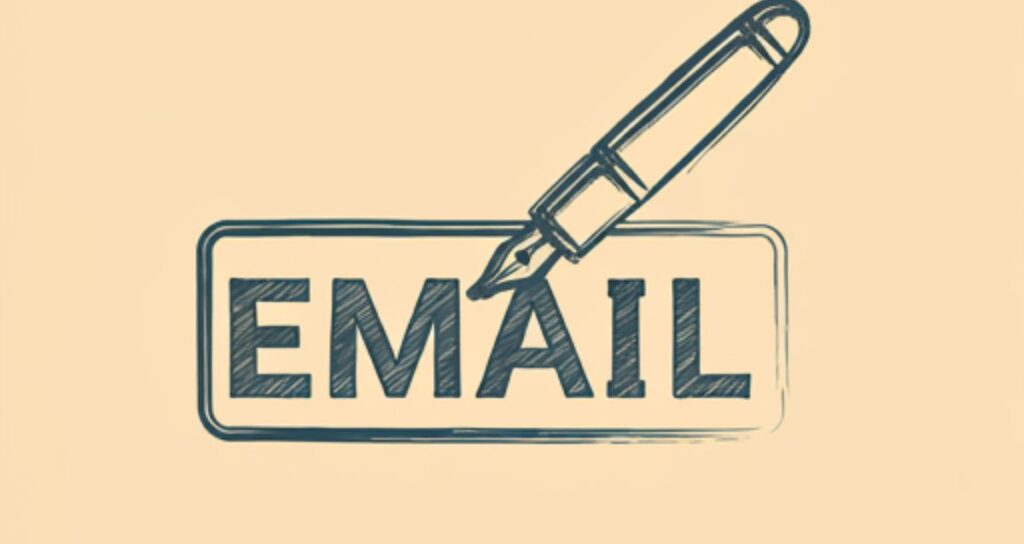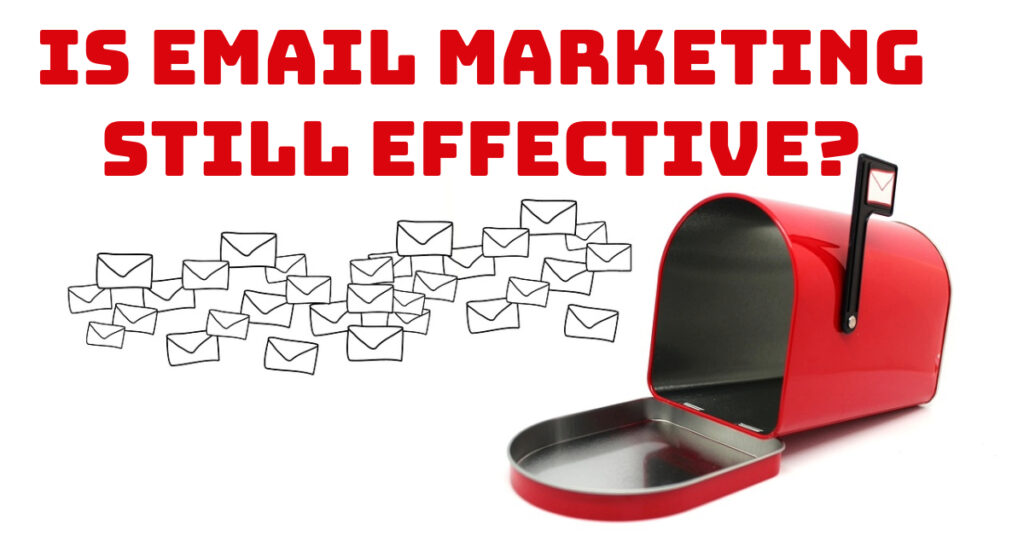In the fast-paced world of digital marketing, staying connected with your audience is key to building trust and driving conversions. That’s where nurture campaigns come in. But what exactly is a nurture campaign, and why does it matter for your business? In this guide, we’ll dive into”what is a nurture campaign”, their importance, and how email marketing plays a pivotal role in their success.
What is a Nurture Campaign?
At its core, a nurture campaign is a strategic sequence of communications designed to build and strengthen relationships with leads, prospects, or customers over time. The goal is to provide value, address pain points, and guide your audience through their journey, ultimately encouraging them to take a specific action—such as making a purchase, signing up for a service, or staying loyal to your brand.
While nurture campaigns can leverage multiple channels, email marketing remains the most popular and effective medium. As the founder of AnalyticCopyPro, I focus on leveraging emails to create meaningful connections and drive results for small businesses.
Myth Busted: A Nurture Campaign is Not Limited to Emails!
Many people restrict the idea of a nurture campaign to email marketing alone. While email is undeniably powerful, nurture campaigns extend far beyond the inbox. Platforms like YouTube, Facebook, Pinterest, Instagram, and LinkedIn can also play a critical role in nurturing leads.
Yes, YouTube video automation, Facebook, Pinterest, Instagram, LinkedIn content automation, and similar activities can all fall under a nurture campaign, provided they are part of a strategy designed to build relationships, educate, or engage with your audience over time.
What is a Nurture Campaign in These Channels

Let’s understand What is a Nurture Campaign in commonly used social channels.
YouTube Video Automation
- Automatically publishing educational or tutorial videos.
- Using playlists or end screens to guide viewers to the next stage of their journey (e.g., learn more, visit a site).
- Personalized or retargeted ads before videos based on previous user engagement.
Facebook Content Automation
- Scheduling posts that educate, inspire, or entertain followers.
- Retargeting users who interacted with your page or ads to encourage further action.
- Auto-responses in Messenger to handle inquiries and guide users to resources.
Pinterest Content Automation
- Pinning content (blog posts, infographics, or product ideas) on a schedule to engage users.
- Using Pinterest ads for retargeting users who’ve visited your site or saved pins.
- Linking pins to resources like lead magnets or educational materials.
Instagram Content Automation
- Scheduling carousel posts, reels, or stories to showcase solutions, tips, or customer success stories.
- Automated DMs to welcome new followers or respond to FAQs.
- Running Instagram retargeting ads for users who’ve interacted with your content.
LinkedIn Content Automation
- Automating posts to share valuable insights, blog updates, or case studies.
- Sending personalized InMail to leads at specific stages of the funnel.
- Engaging users with targeted ads or polls to nurture professional relationships.
Why are Nurture Campaigns Important?
1. Builds Trust and Credibility
A nurture campaign helps you establish a genuine connection with your audience. By consistently providing valuable content, you position yourself as a trusted authority in your niche.
2. Increases Engagement
Regular communication keeps your audience engaged and interested in your brand. Engaged leads are more likely to convert into paying customers.
3. Drives Conversions
By addressing objections, educating your audience, and showcasing benefits, nurture campaigns gradually move leads closer to making a purchase decision.
4. Retains Existing Customers
A nurture campaign isn’t just for new leads. It can also keep your existing customers engaged, increasing their lifetime value.
Email Marketing: The Backbone of Nurture Campaigns

Why Email?
Email is the cornerstone of most nurture campaigns because it offers:
- Direct Communication: You reach your audience where they’re most likely to engage.
- Personalization: Emails can be tailored based on user behavior, preferences, and demographics.
- Automation: Email marketing platforms like MailerLite make it easy to send timely, relevant messages.
- Segmentation: We can divide your audience into groups based on their stage in the customer journey, interests, or behaviors.
Key Elements of an Email Nurture Campaign
1. Segmentation
Divide your audience into groups based on their stage in the customer journey, interests, or behaviors.
2. Personalized Content
Create emails that resonate with your audience by addressing their specific needs and concerns.
3. Timely Delivery
Use automation to send emails at the right time, ensuring maximum impact.
4. Clear Call-to-Action (CTA)
Guide your audience to the next step—whether it’s reading a blog, signing up for a webinar, or making a purchase.What is a Nurture Campaign
Examples of Nurture Campaigns
1. Welcome Email Sequence
When someone subscribes to your email list, a nurture campaign can introduce them to your brand, highlight your offerings, and set expectations. For example, my welcome email at AnalyticCopyPro shares tips on email marketing and encourages subscribers to whitelist our address.
2. Lead Magnet Follow-Up
After a user downloads a free resource, such as an ebook, a series of emails can nurture their interest and encourage further engagement.
3. Post-Purchase Nurturing
After a sale, nurture campaigns can offer onboarding tips, product recommendations, or exclusive offers to foster loyalty.
4. Abandoned Cart Recovery
Remind potential customers about items left in their cart and incentivize them to complete their purchase.
Steps to Create a Successful Nurture Campaign
1. Define Your Goals
Are you trying to generate leads, convert prospects, or retain customers? Your goal will shape the campaign’s structure.
2. Understand Your Audience
Use analytics and surveys to identify your audience’s pain points, interests, and preferences.
3. Map the Customer Journey
Create a content strategy that aligns with each stage of the buyer’s journey—awareness, consideration, and decision.
4. Craft Valuable Content
Focus on delivering value through educational blogs, helpful tips, or success stories. For instance, my blogs at AnalyticCopyPro address topics like “Is Email Marketing Still Effective?” and “How Many Words Should an Email Be?” to help small businesses make informed decisions.
5. Automate and Optimize
Use email automation tools to schedule and deliver your messages. Continuously analyze open rates, click-through rates, and conversions to improve performance.
Common Mistakes to Avoid

1. Overloading with Emails
Sending too many emails can overwhelm your audience and lead to unsubscribes.
2. Ignoring Personalization
Generic emails fail to resonate. Use personalization to make your audience feel valued.
3. Lack of Clear Goals
Without a clear objective, your campaign may lack focus and fail to deliver results.
Conclusion
Lets concclude “What is a Nurture Campaign?”. A nurture campaign is more than just a marketing strategy—it’s a way to build meaningful relationships with your audience. By leveraging the power of email marketing and integrating other platforms like YouTube, Facebook, Pinterest, Instagram, and LinkedIn, you can deliver value at every stage of the customer journey, guiding your leads and customers toward actions that benefit both them and your business.



